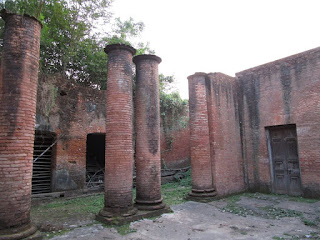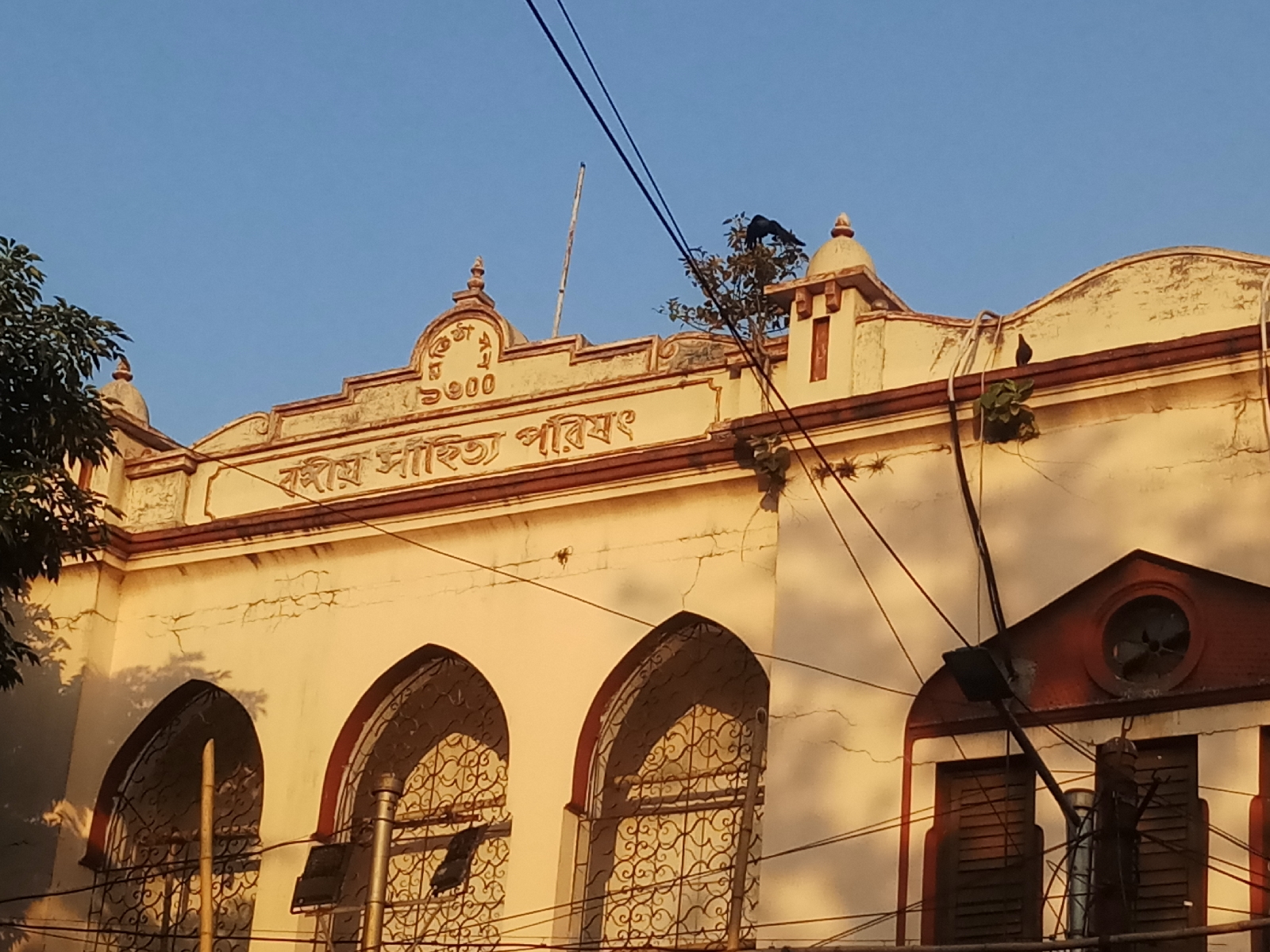CLIVE HOUSE
In his 2015 speech at the Oxford Union, Shashi Tharoor
said of Clive - "...the British had the gall to call him Clive of India as
if he belonged to the country, when all he really did was to ensure that much
of the country belonged to him." Robert Clive during his first
governorship (1755-60) had won the Battle of Plassey and thus laid the
foundation of British dominion over the subcontinent.
Clive spotted a building on his way to Nawab
Siraj-ud-Daullah's camp and sent his men to order the occupants to vacate by
the time of his return. Clive used this building as his country house from 1757
to 1760, during his first term in Bengal. The house was originally a
single-storey structure equipped with underground chambers or cellars. It even
had an underground tunnel leading up to another house in today’s Mall Road
area. Clive added a floor and extended the house. On the ground floor was his
office, and on the first floor, the residential quarters and a nautch ghar. He
also extended the grounds, laid out a manicured garden and added a portico to
the new southern entrance.
Today this building, known as Clive House is located
at Rashtraguru Avenue, Dumdum and is said to be one of the oldest buildings in
Bengal. In earlier times it was known as Dumdum House, later it came to be
known as burra kothi or the grand house. The severely dilapidated house
now stands on a mound, which was once surrounded by a moat. According to local
legend, the mound was built overnight.
After Clive, the house changed hands several times. It
served as a private residence of notable Englishmen and in 1890s, it served as
a head quarters of Presidency Volunteer Reserve Battalion. After the British
left, 20-25 families from erstwhile East Bengal took shelter here. Some still
live on the peripheries, while others moved out when parts of the ceiling
collapsed in the 1990s. An Air Training Institute had taken over the first floor
at one stage, it's not there now. It was taken over by the ASI in 2003. Excavation
and conservation was started by the Archaeological Survey of India, but the
work was not completed. The excavation revealed remnants of civilization
dating back 2,200 years old belonging to the Sunga-Kusana and the Gupta and
post-Gupta periods. The findings are all set to revolutionise the history of
South Bengal. Today, the Clive House is a protected monument and the main
entrance is cordoned off, making entry impossible. Locals believe that the
grounds and the house are haunted.






Comments
Post a Comment